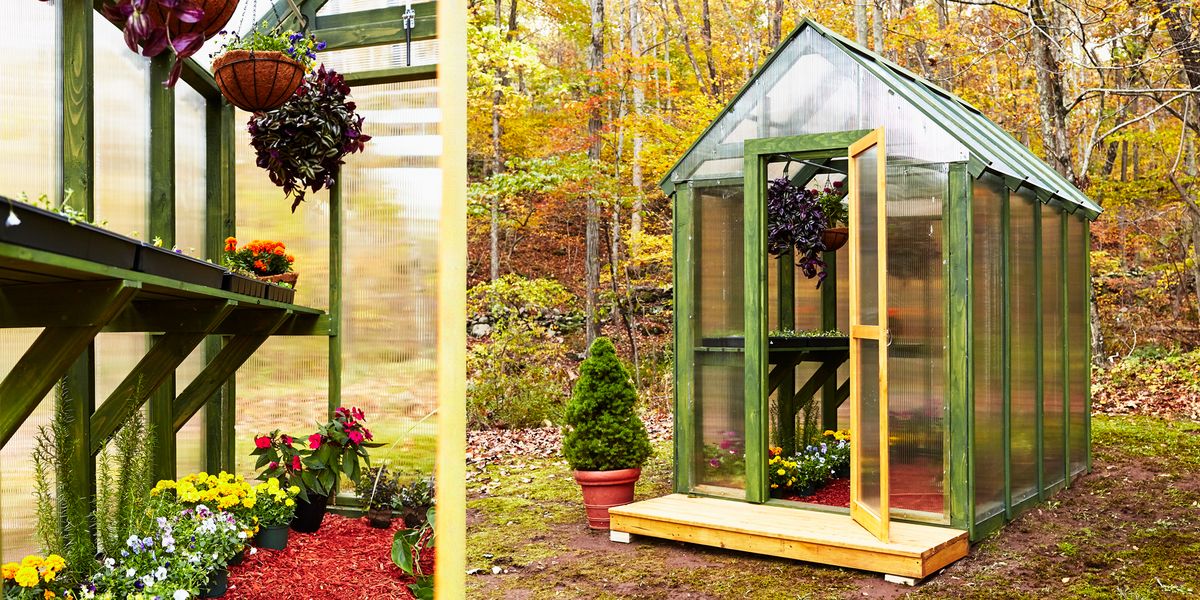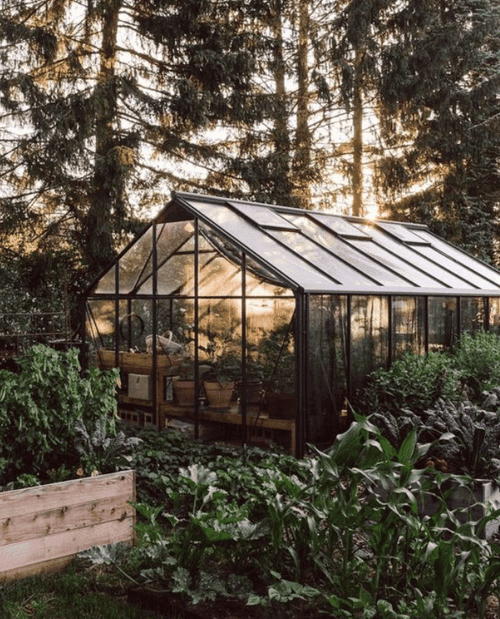Monarch Greenhouse Utah: Raising Expanding Rooms with Precision Construction
Wiki Article
The Future of Greenhouses: Innovations in Sustainable Agriculture
Are you curious concerning the future of greenhouses and how they are revolutionizing sustainable farming? From sophisticated climate control systems to vertical farming strategies, water-efficient watering approaches, sustainable energy combination, and smart information analytics, these innovations are changing the way we expand our food.Advanced Climate Control Equipment
To attain optimum expanding problems, you can count on the improvements in greenhouses with sophisticated climate control systems. These systems have revolutionized the method we cultivate crops, supplying a controlled environment that is conducive to plant development. With these ingenious systems, you can now manipulate temperature level, moisture, light degrees, and also carbon dioxide focus to create the excellent conditions for your plants to prosper.Among the key functions of these innovative environment control systems is their capability to regulate temperature. By utilizing sensing units and automated controls, the greenhouse can change the temperature based on the certain needs of the plants. This makes sure that they are never ever subjected to severe heat or cold, which can be detrimental to their growth.
Moisture control is another vital element of these systems. By keeping the perfect humidity degrees, you can stop problems such as mold, mold, and illness from affecting your crops. These systems can additionally manage the quantity of light that reaches the plants, guaranteeing that they obtain the optimal quantity for photosynthesis.
In addition, progressed environment control systems can even manipulate carbon dioxide concentrations. By boosting the levels of CO2 in the greenhouse, you can improve plant development and productivity. This is specifically useful in locations with reduced all-natural CO2 levels.
Vertical Farming Techniques
One essential vertical farming method is utilizing stacked expanding systems. Monarch Greenhouse installation Utah. These systems include setting up plants in numerous layers, up and down piled on top of each various other. By utilizing upright area, farmers can optimize their crop return without needing extra land. Piled growing systems are frequently utilized in city areas where space is restricted.One preferred technique is called vertical hydroponics, where plants are expanded in nutrient-rich water without soil. This method is highly efficient as it decreases water use by approximately 90% contrasted to standard farming methods. Additionally, since the plants are grown inside your home, they are safeguarded from diseases and pests, reducing the need for pesticides.
One more strategy is aeroponics, which includes suspending the plant roots in a mist or air atmosphere. This method permits ideal nutrient absorption and oxygenation, resulting in faster growth and higher returns. Aeroponics also uses much less water than typical farming and can be applied in vertical systems, making it a preferred option for vertical farming.
Water-efficient Irrigation Methods
Optimizing water conservation is crucial when it concerns implementing water-efficient irrigation approaches in lasting agriculture. With global water deficiency becoming a pressing concern, it is vital to create innovative methods that maximize water use in greenhouse procedures.One promising technique is drip irrigation, which supplies water directly to the plant roots, decreasing waste and dissipation. By making use of a network of tubes with little emitters, water is used slowly and exactly, ensuring that plants receive the required wetness without excess overflow.
One more efficient method is making use of dirt dampness sensing units. These devices gauge the dampness content in the soil and provide real-time information to farmers. By monitoring the soil's dampness degrees, farmers can accurately figure out when and exactly how much water to use, preventing over-irrigation.
Moreover, the execution of rain harvesting systems is gaining appeal in greenhouse agriculture. Accumulating rain from rooftops and keeping it in storage tanks permits farmers to use this natural deposit for watering purposes, decreasing dependence on conventional water resources.
Lastly, the adoption of automated watering systems can substantially improve water effectiveness. These systems utilize sensors to detect dirt dampness degrees and weather, adjusting irrigation timetables accordingly. By optimizing water use based upon real plant requirements, these systems can lower water waste and promote sustainable farming practices.
Renewable Power Assimilation
Sustainable power integration in greenhouses uses numerous advantages, including minimized operating expenses and reduced dependence on non-renewable power resources. The created power can after that be made use of to run various procedures within the greenhouse, such as home heating, lights, and air flow systems. These turbines harness wind power and convert it into electrical power, which can be utilized to supplement the power demands of the Monarch Commercial Greenhouse Utah greenhouse.Smart Information Analytics and Automation
To boost the performance of your greenhouse procedures and maximize resource application, think about carrying out clever data analytics and automation. Smart data analytics entails collecting and examining data from various sensing units and gadgets within your greenhouse.
This can include automating the control of lights, air flow, irrigation systems, and nutrient distribution. By automating these processes, you can guarantee that your plants get the ideal problems and nutrients at the best time, without the demand for consistent hands-on treatment.
Moreover, wise data analytics and automation can collaborate synergistically. The data gathered by sensing units can be made use of to educate automatic systems, allowing them to make real-time modifications based on the existing conditions. This integration of information analytics and automation can bring about much more reliable and exact source allocation, ultimately leading to greater yields and far better plant high quality.
Verdict
In conclusion, the future of greenhouses in sustainable farming looks appealing. With innovative environment control systems, vertical farming techniques, water-efficient irrigation approaches, and renewable resource assimilation, greenhouses are coming to be a lot more environmentally friendly and reliable. Additionally, the usage of smart information analytics and automation additionally improves productivity and minimizes waste. These advancements are leading the method for a more efficient and sustainable agricultural sector, guaranteeing a greener and much healthier future for all.
By maximizing water use based on actual plant demands, these systems can decrease water waste and advertise lasting farming techniques.

Report this wiki page